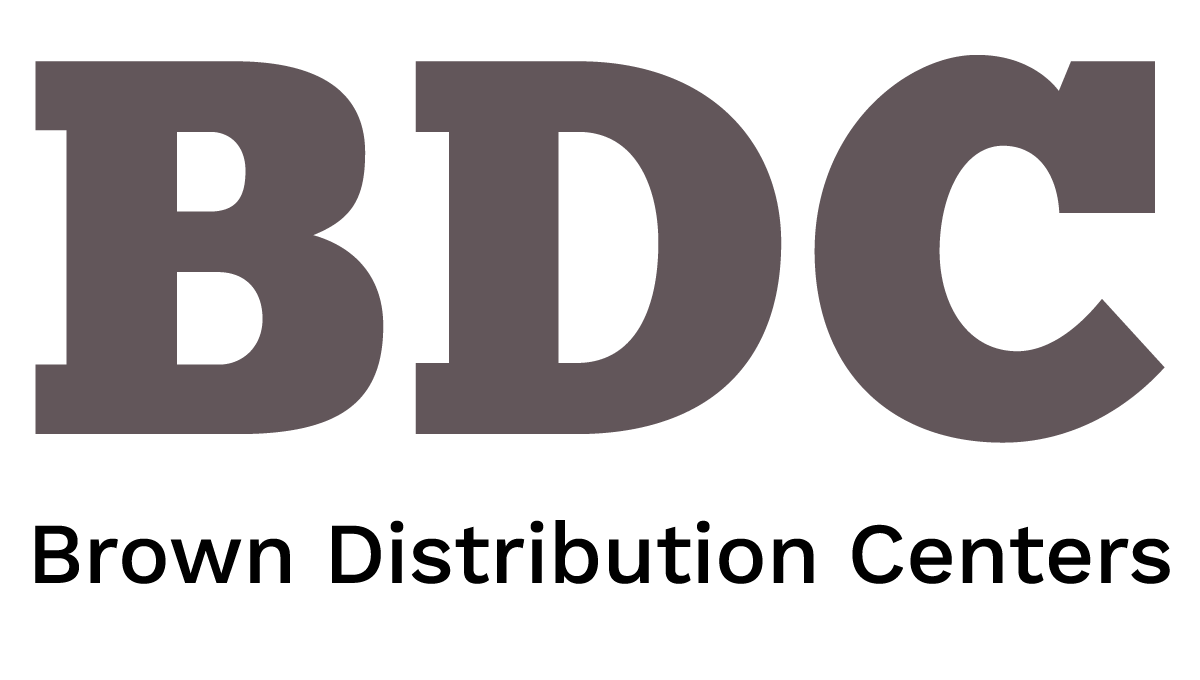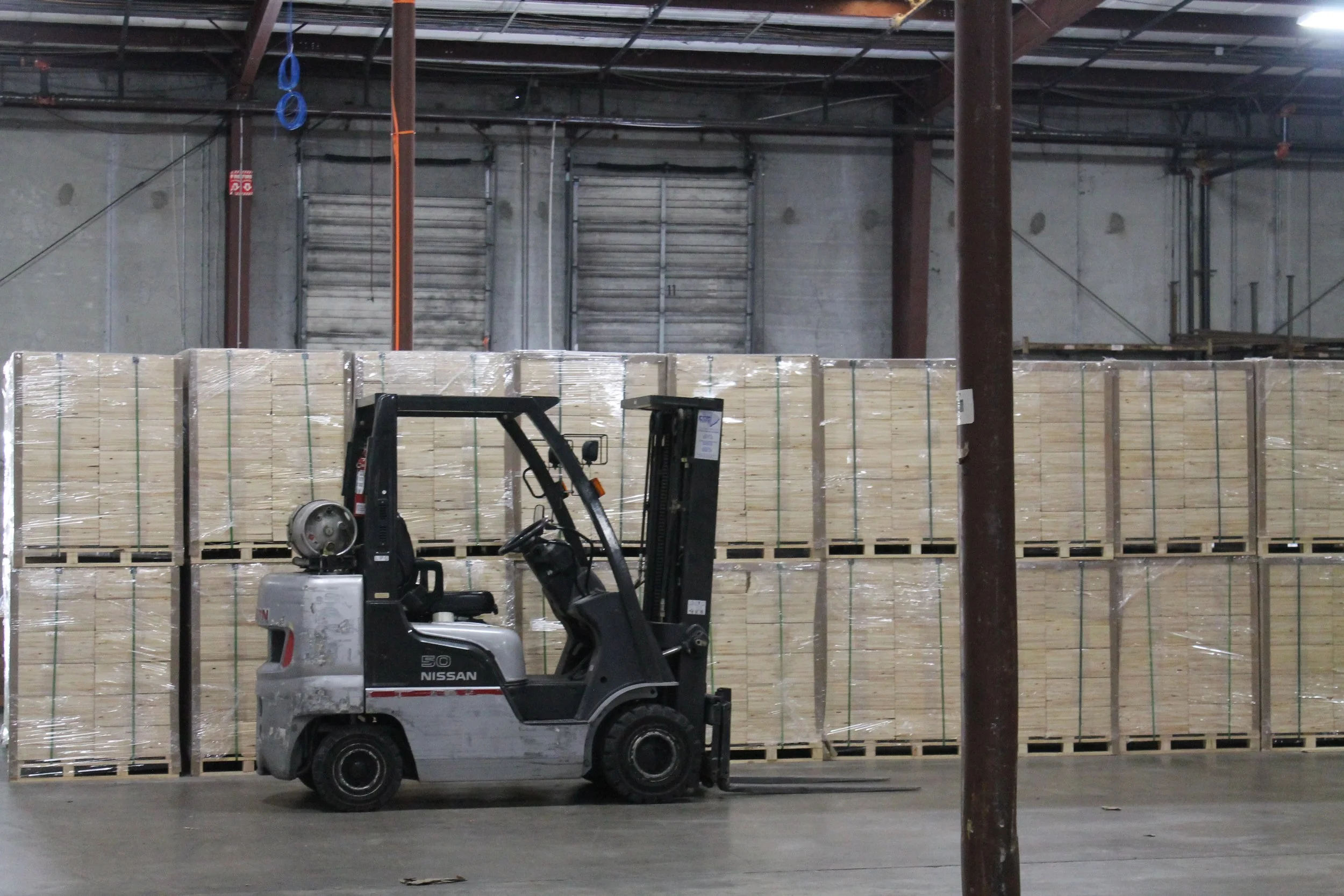Evolution of 3PL Warehousing Pricing: From the 1970s to Today
Written By: Mark Hughes, VP of Domestic Operations at Brown Distribution Centers
1970s: Simple, Volume-Based Pricing
In the 1970s, 3PL warehousing emerged as businesses outsourced basic storage to manage growing supply chains.
Pricing Model: Charges were primarily based on storage volume (e.g., per pallet or square foot). Flat rates for warehousing and transportation dominated, with minimal service differentiation.
Key Drivers: Global trade spurred demand for storage, but 3PLs offered limited services, keeping pricing straightforward and transparent. Manual operations resulted in high labor costs, which were reflected in the fees.
Challenges: Lack of transparency in pricing led to disputes over hidden costs. Fixed rates didn’t account for fluctuating demand, limiting flexibility.
1980s: Service-Based Add-Ons
The 1980s saw 3PLs expand services as globalization increased supply chain complexity, influencing pricing structures.
Pricing Model: Pricing began to include charges for additional services, such as order fulfillment and packaging. Per-pallet or square-foot rates remained common, but some 3PLs introduced tiered pricing based on service levels.
Key Drivers: Deregulation (e.g., U.S. Motor Carrier Act of 1980) lowered transportation costs, enabling competitive pricing. Retailers like Walmart demanded efficient distribution, pushing 3PLs to bundle services into pricing.
Challenges: Inconsistent pricing across providers confused clients. Early automation increased capital costs, raising rates for advanced facilities.
1990s: Transactional and Contract-Based Pricing
The 1990s brought e-commerce and technological advancements, prompting the development of more sophisticated 3PL pricing models.
Pricing Model: Transactional pricing emerged, charging per order, pick, or pack to accommodate e-commerce’s smaller, frequent orders. Long-term contracts with fixed and variable components became common, offering cost predictability.
Technology Impact: Early warehouse management systems (WMS) and RFID enabled accurate tracking, supporting usage-based pricing, while electronic data interchange (EDI) streamlined billing.
Key Drivers: The dot-com boom and just-in-time (JIT) inventory practices required flexible pricing for variable order volumes. Multi-client warehouses allowed smaller businesses to access 3PLs, spreading costs.
Challenges: High setup costs for technology integration were passed to clients, increasing initial fees. Pricing complexity confused smaller businesses.
2000s: Value-Added and Performance-Based Pricing
The 2000s saw 3PLs evolve into fulfillment hubs, with pricing reflecting the demands of e-commerce and globalization.
Pricing Model: Pricing includes value-added services such as kitting, returns management, and customized packaging, often charged per task. Performance-based pricing emerged, tying fees to metrics like order accuracy or delivery speed.
Technology Impact: Advanced WMS and robotics increased efficiency, enabling competitive pricing. GPS and telematics support dynamic transportation fees.
Key Drivers: Amazon’s rise set expectations for fast delivery, pushing 3PLs to offer tiered pricing for speed. The 2008 financial crisis drove cost-conscious outsourcing, favoring flexible pricing.
Challenges: High automation costs led to increased rates for premium services. Clients demanded transparent pricing amid growing competition.
2010s: Dynamic and Subscription-Based Pricing
The 2010s introduced automation and data analytics, leading to dynamic and scalable 3PL pricing models.
Pricing Model: Dynamic pricing based on real-time demand, storage needs, or peak seasons gained traction. Subscription-based models offered predictable costs for e-commerce businesses with consistent order volumes. Per-unit pricing (e.g., per SKU or order) became standard.
Technology Impact: Cloud-based WMS and big data enabled precise cost allocation. Robotics lowered labor costs, allowing competitive rates for high-volume clients.
Key Drivers: E-commerce growth demanded flexible pricing for same-day delivery. Sustainability initiatives increased costs for eco-friendly services, reflected in premium pricing.
Challenges: Balancing automation costs with competitive rates proved to be difficult. Cybersecurity investments raised overhead, impacting pricing.
2020s: AI-Driven and Outcome-Based Pricing
The 2020s have seen 3PL pricing become highly sophisticated, driven by the adoption of AI, robotics, and a focus on supply chain resilience.
Pricing Model: Outcome-based pricing ties fees to specific business outcomes, such as sales growth or customer satisfaction. AI-driven dynamic pricing adjusts rates based on demand, inventory turnover, or market conditions. Micro-fulfillment centers offer localized pricing for urban delivery.
Technology Impact: AI optimizes pricing models, while robotics reduces operational costs, enabling flexible rates. Blockchain ensures transparent billing.
Key Drivers: The COVID-19 pandemic highlighted supply chain risks, pushing 3PLs to offer flexible, resilience-focused pricing. Consumer demand for fast and sustainable delivery drives the premium tiers.
Challenges: The high costs of integrating AI and robotics increase rates for advanced services. Geopolitical disruptions require adaptive pricing strategies.
The Future of 3PL Pricing
Looking ahead, 3PL pricing will leverage AI for real-time cost optimization and predictive analytics. Sustainability will drive premium pricing for green logistics. As e-commerce continues to grow, 3PLs will offer tailored, outcome-based models that strike a balance between cost, speed, and resilience.
From simple volume-based fees in the 1970s to AI-driven pricing today, 3PL warehousing has evolved to adapt to technological and market shifts, ensuring cost-effective and scalable solutions.

